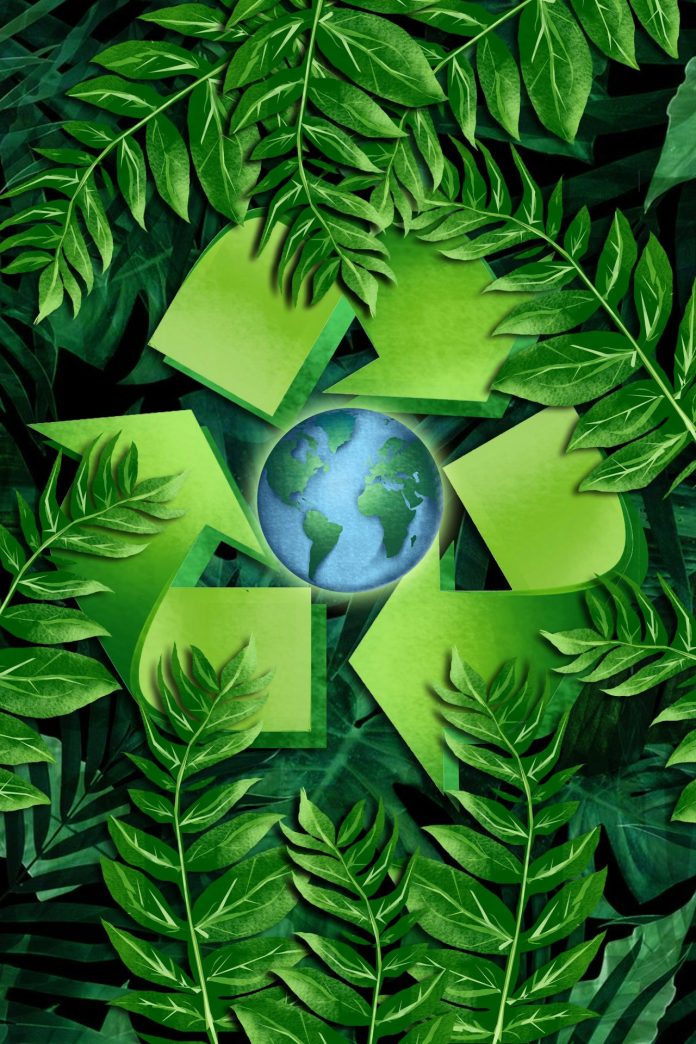The manufacturing sector in Oceania, particularly in Australia and New Zealand, is undergoing significant transformation aimed at fostering innovation, sustainability, and resilience. As global shifts drive the need for more localised production and environmentally conscious practices, Oceania’s manufacturers are leveraging these changes to strengthen their economies and reduce reliance on international supply chains.
A Shift Toward Advanced Manufacturing
Traditional manufacturing in Oceania, once reliant on raw material exports and basic production methods, has shifted toward advanced manufacturing. With the integration of automation, robotics, and artificial intelligence (AI), companies are boosting efficiency and productivity. Australia and New Zealand, for instance, are at the forefront of this movement, leveraging smart factories and IoT-enabled systems to stay competitive in global markets.
Advanced manufacturing not only enhances production capabilities but also provides opportunities for local workforces to upskill. Governments across the region are actively supporting this transition with initiatives like funding for tech-based start-ups and fostering partnerships between industries and universities.
The latest manufacturing news is that countries like Fiji and Papua New Guinea are demonstrating leadership in sustainable manufacturing by focusing on resource-efficient processes and biodegradable materials. These efforts align with global sustainability goals, ensuring that Oceania remains a responsible player in international trade.
New Zealand: A Hub for High-Tech and Sustainable Manufacturing
New Zealand is increasingly investing in high-tech and sustainable manufacturing industries, with a focus on sectors like aerospace, biotechnology, and renewable energy. These areas not only support New Zealand’s economic growth but align with the country’s commitment to a low-carbon future. The government is actively encouraging innovation by providing grants and incentives for businesses that adopt sustainable practices. This support includes funding for companies developing environmentally friendly products, thereby positioning New Zealand as a leader in sustainable manufacturing on a global scale.
The country’s focus on advanced manufacturing aims to boost productivity and economic value while also addressing pressing environmental issues. For instance, high-value export industries, such as aerospace, have seen support for research and development initiatives, which enhances New Zealand’s role in producing cutting-edge technologies for international markets.
Australia: Building Resilience Through Domestic Manufacturing
Australia’s approach to transforming its manufacturing sector centres on reducing dependency on international supply chains and strengthening self-sufficiency in critical industries. Through its Modern Manufacturing Initiative, the Australian government is investing in key sectors such as food and beverage, medical technology, and clean energy. The initiative not only aims to enhance production capabilities but also to create job opportunities within these emerging fields, ultimately boosting the national economy.
A particularly notable area of growth is defence manufacturing. By investing in the local production of defence equipment, Australia aims to secure a reliable supply chain that is less vulnerable to international disruptions. This strategy aligns with broader national security goals and underscores the importance of developing capabilities domestically rather than relying heavily on imports.
Emphasis on Sustainable Practices Across Oceania
Both Australia and New Zealand are prioritising sustainability within their manufacturing industries. From reducing carbon emissions to adopting resource-efficient practices, these countries are striving to align their manufacturing practices with environmental goals. In New Zealand, companies are encouraged to produce high-value products with minimal environmental impact, while in Australia, the focus on clean energy technologies signals a commitment to eco-friendly manufacturing.
Oceania’s manufacturing sector reflects a growing global trend toward sustainability and resilience. By emphasising high-tech, green, and self-sustaining manufacturing practices, Australia and New Zealand are not only future-proofing their industries but also positioning themselves as competitive players on the global stage.
This shift demonstrates how Oceania’s manufacturing landscape is evolving in response to global economic challenges, environmental concerns, and technological advancements, with both nations aiming to create robust, future-oriented manufacturing sectors that support economic growth and sustainability.
For more updates and detailed insights, readers can explore sources like EIN Presswire and industry-specific publications focused on Oceania’s evolving manufacturing scene.



 Bitcoin
Bitcoin  Ethereum
Ethereum  Tether
Tether  XRP
XRP  Solana
Solana  USDC
USDC  Cardano
Cardano  TRON
TRON  Lido Staked Ether
Lido Staked Ether  Avalanche
Avalanche  Toncoin
Toncoin